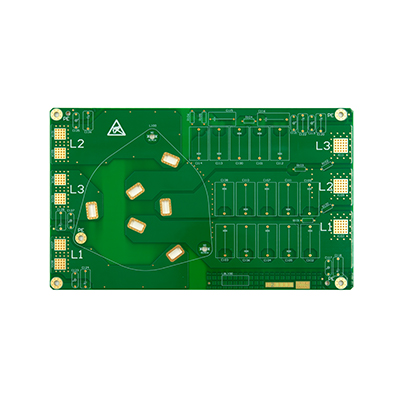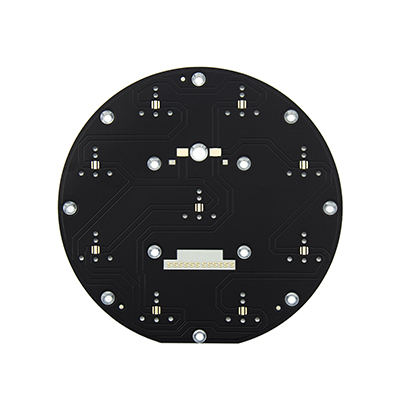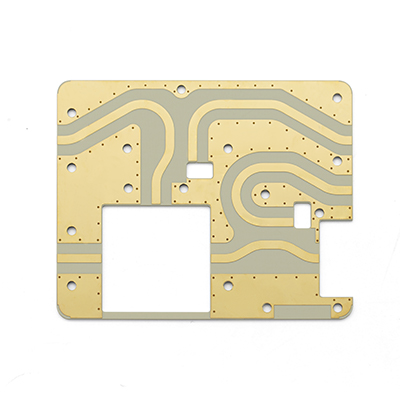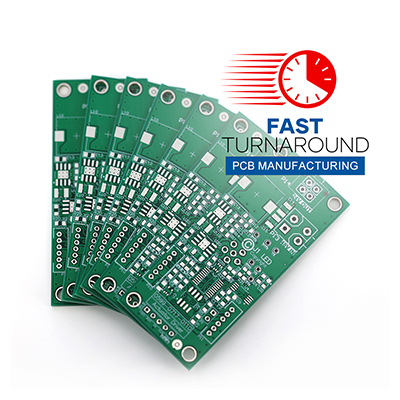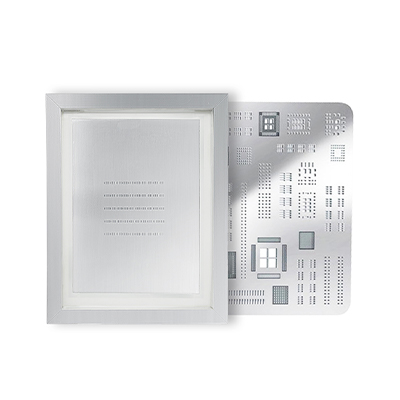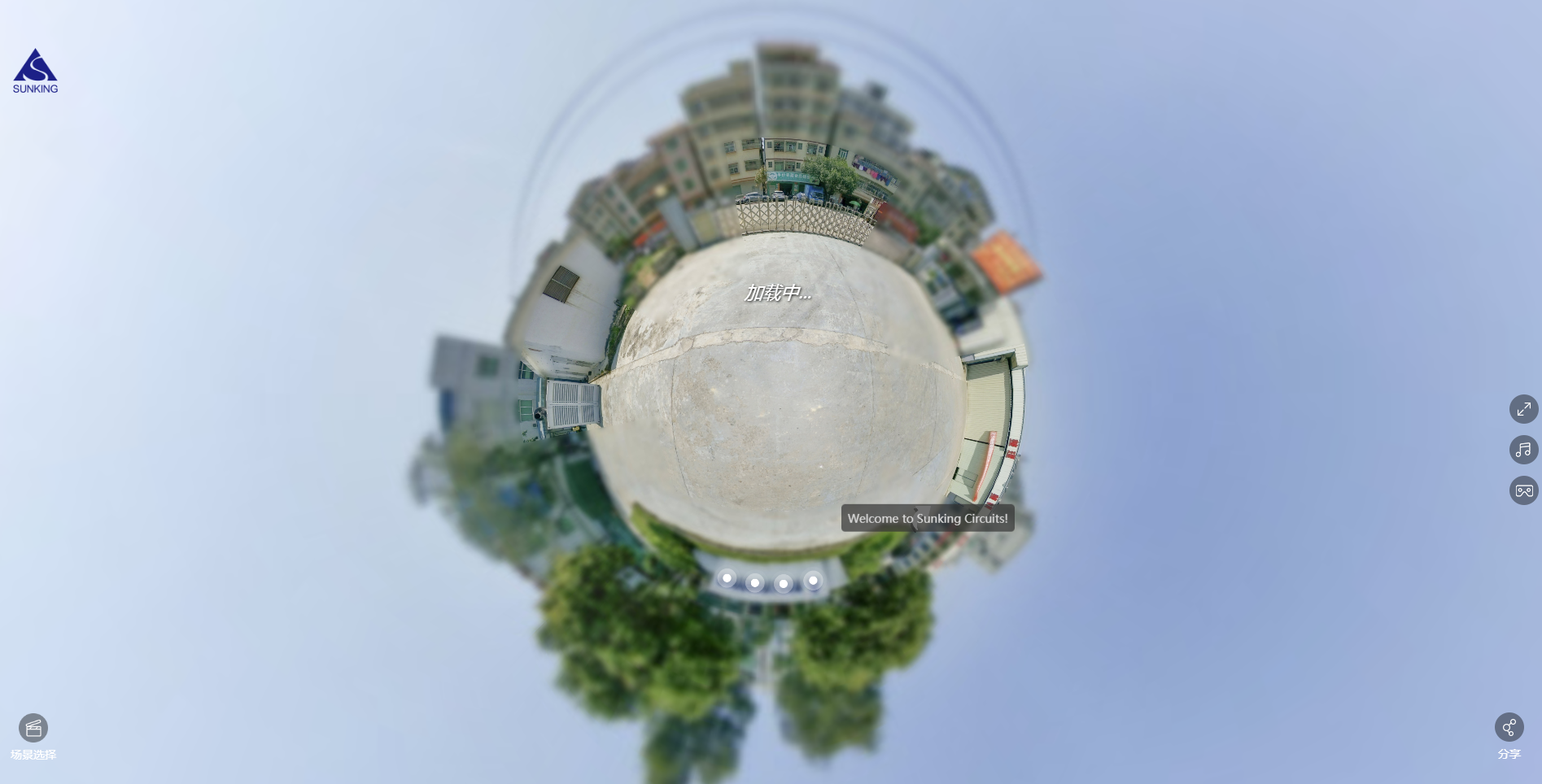FR4 Multilayer PCBs
Quality and quick-turn multilayer PCBs at low-cost prices.
Low-Cost and Quick-Turn Multilayer PCBs
While PCBs for simple applications typically consist of one layer, advanced applications such as computer motherboards have multiple layers. These types of boards are commonly known as multilayer PCBs. With the demanding complexity of modern equipment, multilayer boards have become more popular, while production techniques have allowed them to size down effectively.
SUNKING is your one-stop PCB manufacturer and service provider for all types of PCBs, including advanced PCBs. We have more than ten years of experience in designing and manufacturing high-quality multilayer PCBs. We have state-of-the-art PCB fabrication equipment to ensure our end products meet customer requirements and industry standards.
By placing a double-layered board’s capacity into a format that is a fraction of the size, multilayer PCBs have become gradually common in the electronic industry. These boards come in various sizes and thicknesses to meet the requirements of their growing applications. Some variants range from three to twelve layers.
Benefits of Multilayer PCBs
Technically speaking, multilayer PCBs present multiple design benefits. Some of these benefits include:
Applications of Multilayer PCBs
Multilayer printed circuit boards have become the go-to solution for various applications in almost every sector. This high demand has resulted from the steady push for mobility and functionality in the electronic world. Multilayer PCBs are the ideal solutions for this push, offering increased functionality and miniaturized sizes. Because of this, they have become almost pervasive in many technologies like:





